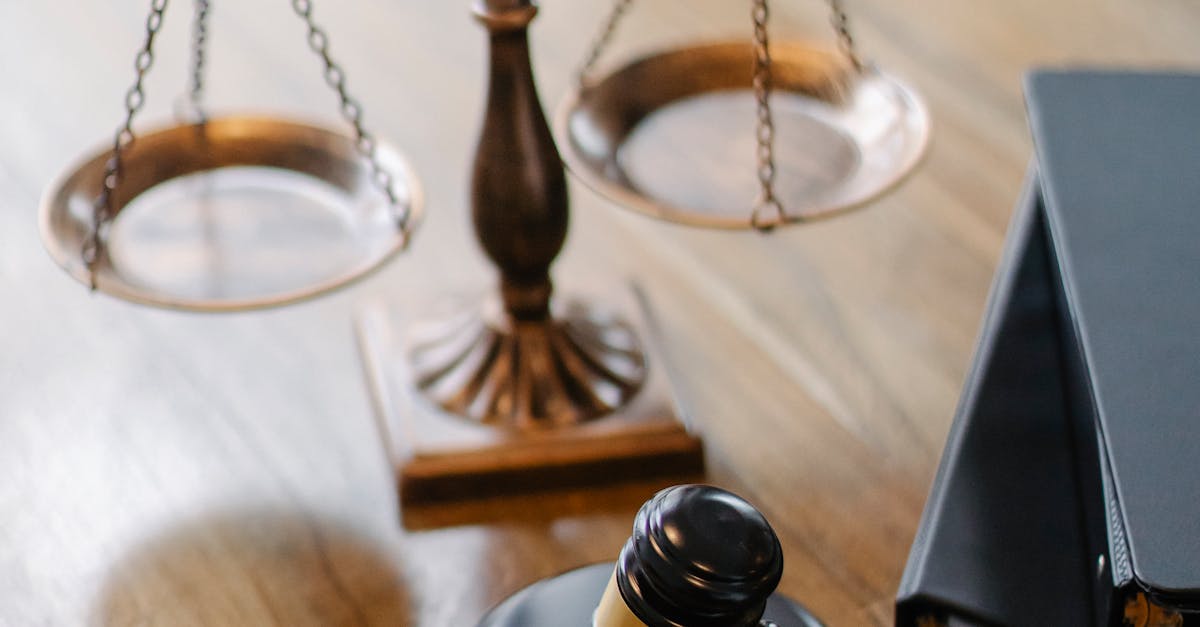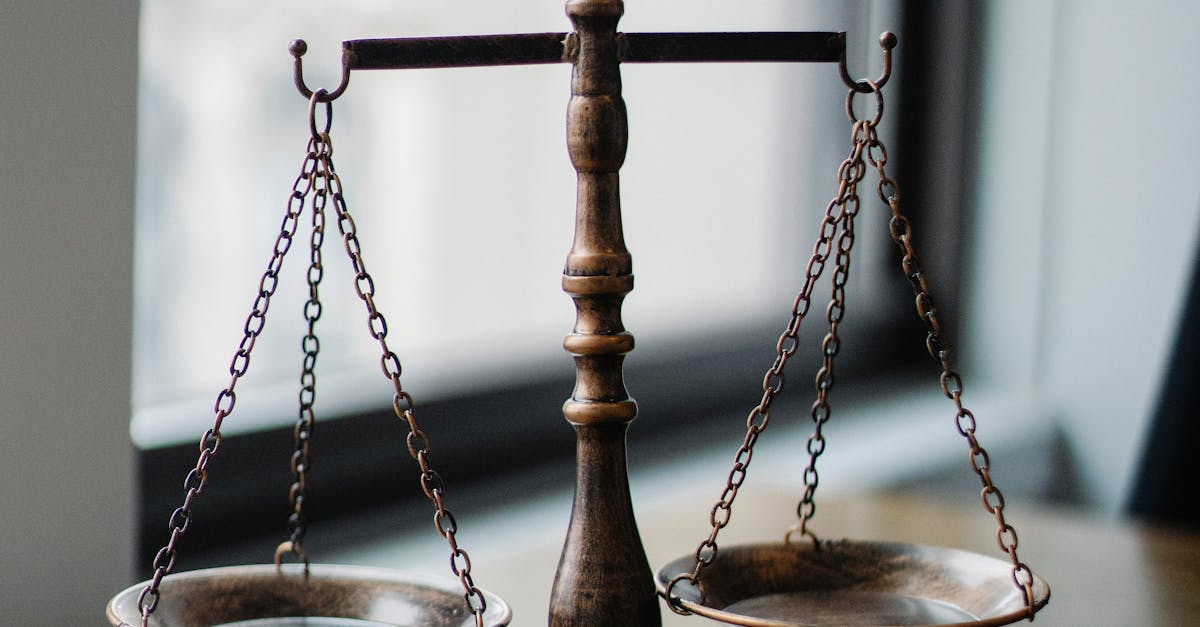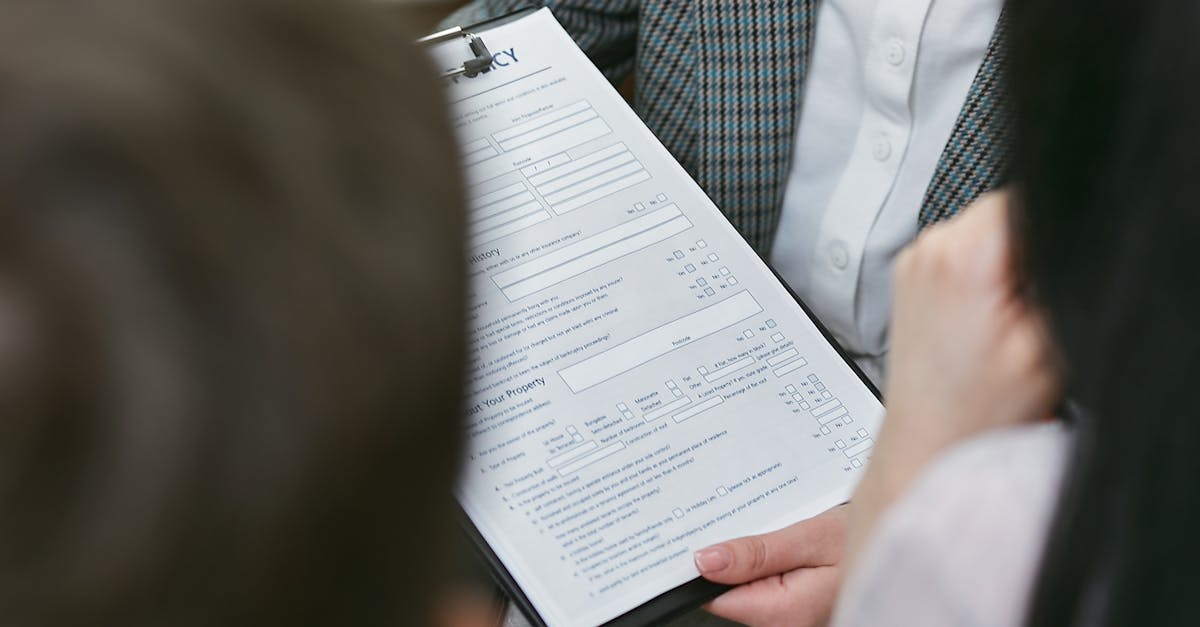
Compliance Standards for Conflict Checks
Compliance standards for conflict checks are essential in the legal realm to ensure ethical and professional conduct. Setting clear guidelines and protocols for conducting conflict checks helps law firms uphold their integrity and protect the interests of their clients. In Los Angeles, California, advising clients on legal matters demands a rigorous adherence to these standards to prevent any potential conflicts of interest that could compromise the quality of legal services provided.
Maintaining compliance standards for conflict checks involves thorough documentation and verification processes to identify any existing or potential conflicts. By clearly defining the criteria for assessing conflicts and regularly updating conflict check procedures, law firms can mitigate risks and uphold their professional responsibilities. In the dynamic legal landscape of Los Angeles, California, adherence to compliance standards not only safeguards the reputation of legal professionals but also fosters trust and credibility among clients and stakeholders alike.
Following Ethical and Legal Guidelines
Following ethical and legal guidelines is paramount when conducting conflict checks within a legal setting. Ensuring compliance with all relevant laws and regulations not only safeguards the interests of the clients but also upholds the integrity of the legal profession. In Los Angeles, California, advising clients on legal matters demands a scrupulous adherence to ethical standards to avoid conflicts of interest and maintain trust in the legal system.
Law firms must establish clear protocols for conflict checks that align with legal and ethical requirements. Maintaining confidentiality, avoiding representation of conflicting interests, and upholding client confidentiality are crucial aspects that underpin the ethical practice of law. In Los Angeles, California, advising clients on legal matters necessitates a meticulous approach in vetting potential conflicts to uphold the highest standards of professional conduct and ensure optimal outcomes for all parties involved.
Collaboration in Conducting Comprehensive Conflict Checks
Collaboration among team members and stakeholders is crucial in conducting comprehensive conflict checks to ensure all necessary information is considered. By bringing together individuals with different expertise and perspectives, a more thorough review of potential conflicts can be achieved. Each team member may have a unique understanding of the case at hand and can contribute valuable insights that others may overlook. In the legal field, where precision and accuracy are paramount, this collaborative approach can help identify even the smallest details that could pose a conflict of interest.
In Los Angeles, California Advising clients on legal matters, maintaining open communication channels between all parties involved in conflict checks is essential. This ensures that everyone is on the same page regarding the information needed, the scope of the review, and the potential implications of any conflicts identified. By fostering a culture of cooperation and transparency, legal teams can work together seamlessly to conduct thorough conflict checks that adhere to ethical standards and regulatory requirements.
Involving Team Members and Stakeholders
Involving team members and stakeholders in the conflict check process is crucial for thorough evaluation. Team members bring diverse perspectives and expertise, enriching the analysis of potential conflicts. By engaging stakeholders, such as partners, associates, and legal staff, a more comprehensive understanding of any conflicts that may arise can be achieved. California Advising clients on legal matters requires a collective effort to ensure that all relevant information is considered in the conflict check procedures.
Collaboration among team members and stakeholders fosters a shared responsibility for upholding ethical standards and maintaining compliance with legal requirements. By involving all parties in the conflict check process, potential conflicts can be identified and addressed promptly and effectively. This collaborative approach not only enhances the quality of conflict checks but also promotes a culture of transparency and accountability within the organization.
Continuous Monitoring for Potential Conflicts
Continuous monitoring for potential conflicts is an essential component of ensuring a robust conflict check process. By implementing regular review processes, firms can actively identify any situations that may give rise to conflicts of interest. This proactive approach allows legal professionals in Los Angeles, California to address conflicts before they escalate and potentially impact client relationships or legal proceedings.
Collaboration among team members and stakeholders is crucial in conducting comprehensive conflict checks. Involving individuals from various departments can provide different perspectives and insights, improving the effectiveness of the conflict identification process. By working together, legal professionals can collectively contribute to a more thorough evaluation of potential conflicts, ensuring that all necessary information is considered to maintain ethical standards and compliance with legal regulations.
Implementing Regular Review Processes
Implementing regular review processes is integral to ensuring that potential conflicts are promptly identified and addressed in a legal setting. By establishing a systematic approach to reviewing conflict checks, law firms can uphold ethical standards and mitigate risks associated with conflicts of interest. This proactive strategy involves regularly examining client matters, attorney connections, and other relevant information to maintain compliance and protect the integrity of the legal profession.
Los Angeles, California. Advising clients on legal matters requires a commitment to thorough and consistent conflict checks. Law firms must prioritize the implementation of regular review processes to uphold professional ethics and prevent any inadvertent conflicts that could compromise the interests of their clients. Continuous monitoring and periodic reassessment are essential components of this framework, ensuring that the firm's practices remain in alignment with legal and ethical guidelines while fostering trust and accountability within the organization.
FAQS
What information is needed to conduct a conflict check?
To perform a conflict check, you typically need the names of the parties involved, details of the matter or transaction, and any potential relationships or associations that may pose a conflict.
Why is it important to follow compliance standards for conflict checks?
Adhering to compliance standards ensures that conflict checks are conducted thoroughly and ethically, reducing the risk of conflicts of interest that could compromise the integrity of the process.
How can team members and stakeholders collaborate in conducting comprehensive conflict checks?
Team members and stakeholders can collaborate by sharing relevant information, disclosing any potential conflicts, and working together to assess and mitigate any conflicts that may arise.
What is the significance of continuous monitoring for potential conflicts?
Continuous monitoring helps in identifying new conflicts that may arise during the course of a matter or transaction, allowing for timely resolution and mitigation to protect the interests of all parties involved.
How can regular review processes help in implementing effective conflict checks?
Regular review processes ensure that conflict checks are up-to-date and comprehensive, enabling organizations to proactively identify and address any conflicts that may arise, thereby maintaining transparency and trust in the process.







